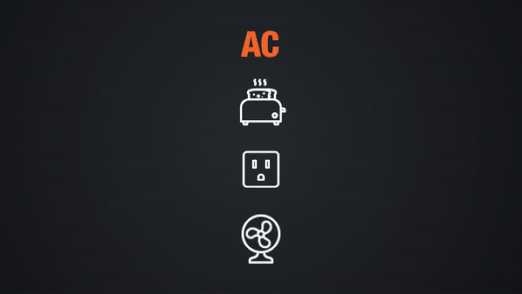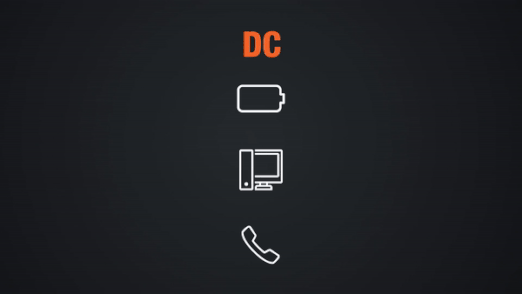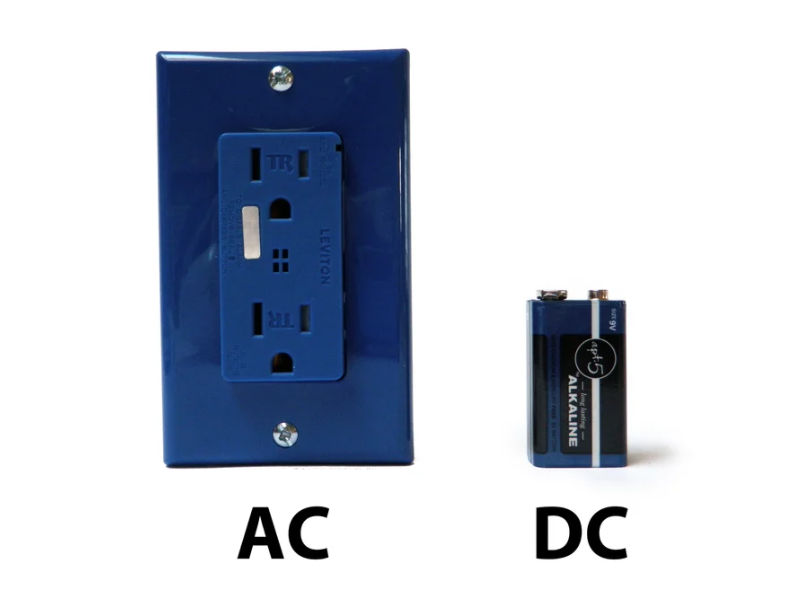Direct and Alternate Signals


Electrical power can be classified as AC Power or DC Power depending upon the direction of the flow of energy. Here AC stands for Alternating Current and DC stands for Direct Current. Power which is a result of current flowing in alternating direction is termed as AC Power and one which is a result of current flowing in only one direction is called DC Power.

Alternating current (AC) power is the standard electricity that comes out of power outlets and is defined as a flow of charge that exhibits a periodic change in direction.
AC’s current flow changes between positive and negative because of electrons—electrical currents come from the flow of these electrons, which can move in either a positive (upward) or negative (downward) direction. This is known as the sinusoidal AC wave, and this wave is caused when alternators at power plants create AC power.
Direct current (DC) power, is a linear electrical current—it moves in a straight line.
Direct current can come from multiple sources, including batteries, solar cells, fuel cells, and some modified alternators. DC power can also be “made” from AC power by using a rectifier that converts AC to DC.
Advantages and Disadvantages
Nowadays for electric power distribution alternating current is mostly used, as it has significant advantages over direct current in transmission and transforming. One of the biggest advantages of DC power is its ability to be used in special applications. Whenever AC power transmission is not practically feasible or possible over long distances, DC power is used. One such application are sub-sea high voltage DC transmission lines.
